New Approved Document R comes into effect
Approved Document R – Physical infrastructure for high-speed electronic communications networks came into effect on 1st January 2017 in England only. It does not apply to any work covered by a building notice, full plans application or initial notice submitted before then.
It's the most recent addition to the suite of Approved Documents and applies from that date to the erection of any building and to existing buildings that are subject to major renovation works. As such, it applies both to dwellings and to buildings other than https://www.labc.co.uk/professionals/building-regulations-guidance-documents/approved-documents-and-technical-guidance-england/approved-document-r-physical-infrastructure-high-speed-electronic-communications-networks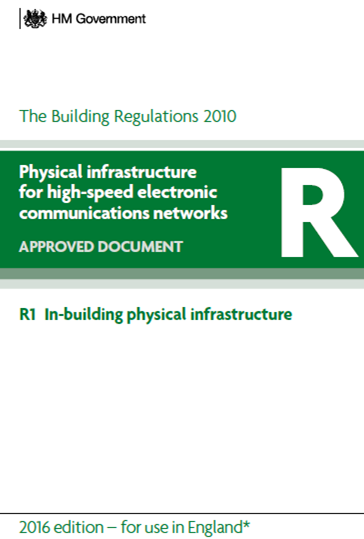 dwellings.
dwellings.
There are some exemptions to this, the main ones being;
- Sheds
- Garages
- Conservatories
- Small buildings containing no sleeping accommodation
- In isolated areas where the prospects for high-speed connection are considered to be too remote
- Where the cost of implementing Part R can be justified to be greater than the benefits gained.
Part R introduces a new requirement for ensuring that ‘the building is equipped with a high-speed in-building physical infrastructure, up to a termination point for high-speed electronic communications networks’. Where the work concerned contains more than one dwelling (flats/apartments), the work must be carried out ‘to ensure that the building is equipped with a common access point’.
The requirement is to provide ‘only the in-building physical infrastructure, from the service provider’s access point to the occupier’s network termination point. It is not a requirement to provide any cabling either within the building or external or site wide infrastructure. Satellite and wireless technologies must also be taken into account when providing in-building infrastructure design where the required network speeds can be met.'
48,000+ subscribers get the Building bulletin. Join them!
Access Point - A physical point, located inside or outside the building, accessible to undertakers providing or authorised to provide public communications networks, where connection to the high-speed-ready in-building physical infrastructure is made available.
Network Termination Point (NTP) - A physical point at which an occupier is provided with access to high-speed electronic communications networks. This is typically inside the building but may be outside for wireless connections. NTPs should be identified for each building or dwelling within a building and each one should be connected to a suitable access point where cables may enter.
High-Speed Electronic Communications Network - An electronic communications network which is capable of delivering broadband access services at speeds of at least 30 Mbps. A standard copper telephone cable connected to a service provider’s fibre network can deliver broadband to speeds of up to 70 Mbps.
In-Building Physical Infrastructure Mean - Physical infrastructure or installations at the end user's location, including elements under joint ownership, intended to host wired or wireless access networks where such access networks are capable of delivering electronic communications services and connecting the building access point with the network termination point:
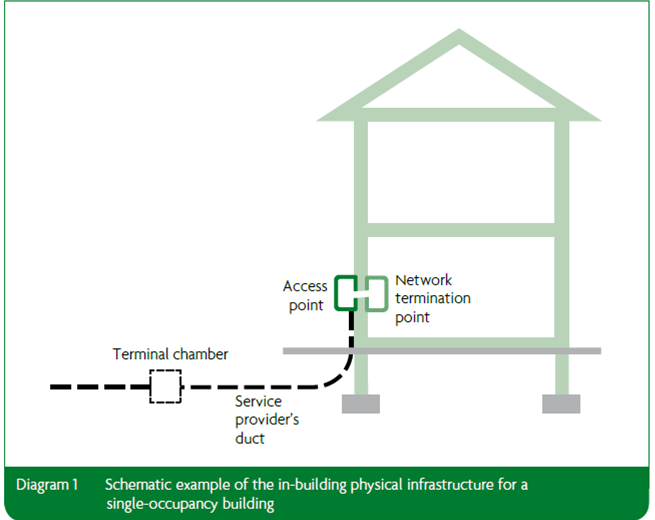
The requirement can therefore be best summed up to read that ducts or conduits are installed from a point outside the building which gives easy access for high-speed communication cables, optics and wires so that they can be easily bought into the building in the future.
View the full document here
Approved Document R – Physical infrastructure for high speed electronic communications networks
Please Note: Every care was taken to ensure the information was correct at the time of publication. Any written guidance provided does not replace the user’s professional judgement. It is the responsibility of the dutyholder or person carrying out the work to ensure compliance with relevant building regulations or applicable technical standards.
Sign up to the building bulletin newsletter
Over 48,000 construction professionals have already signed up for the LABC Building Bulletin.
Join them and receive useful tips, practical technical information and industry news by email once every 6 weeks.
Subscribe to the Building Bulletin
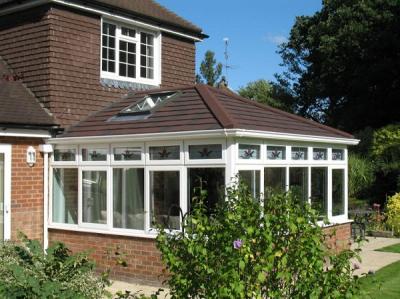
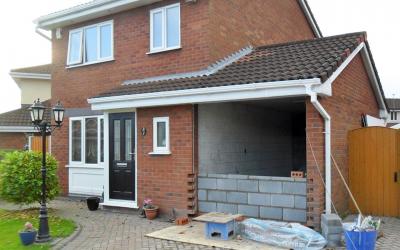
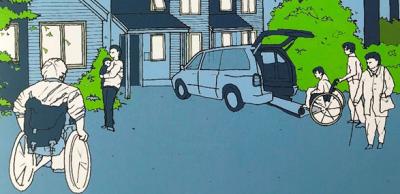
Comments
Add new comment